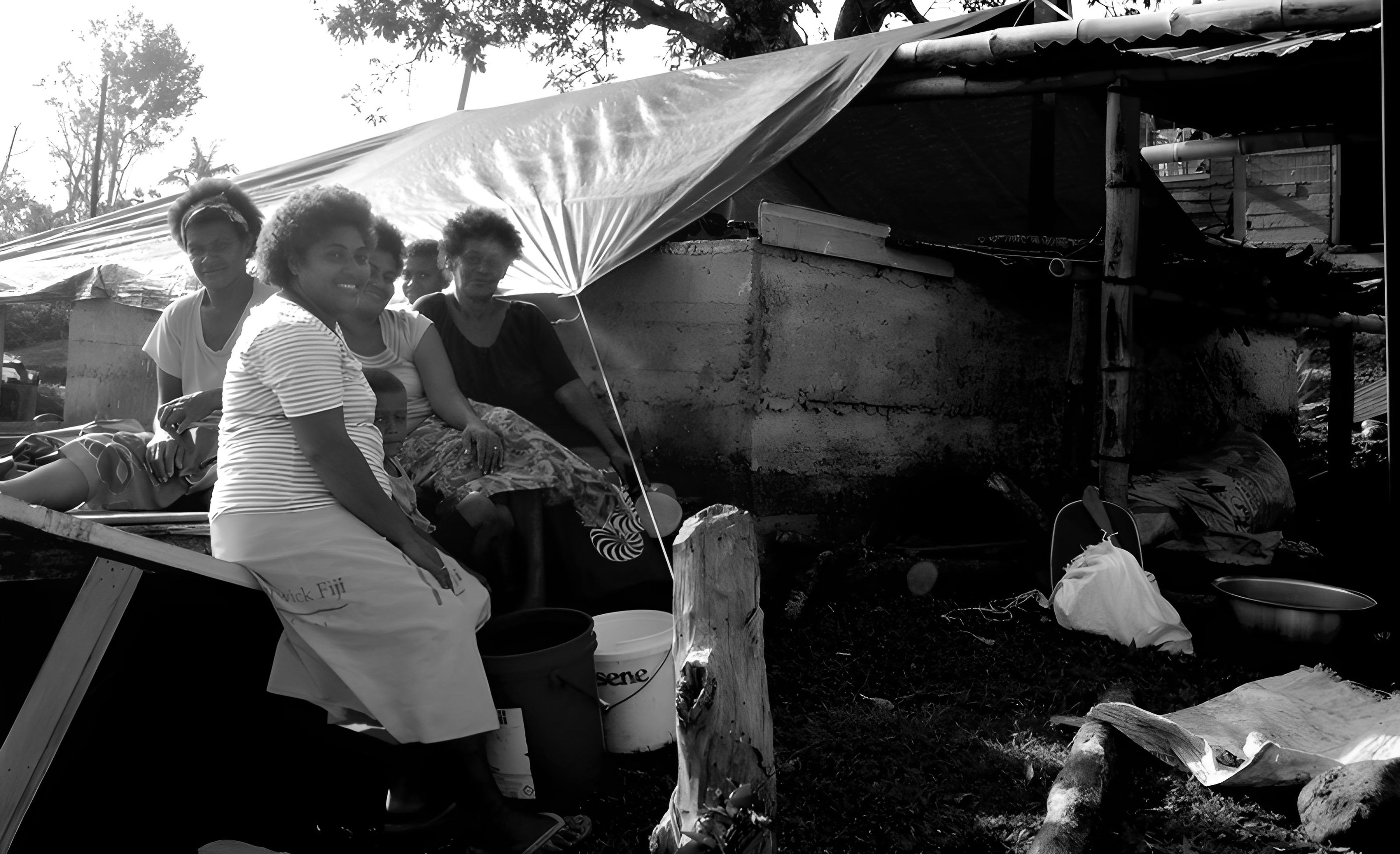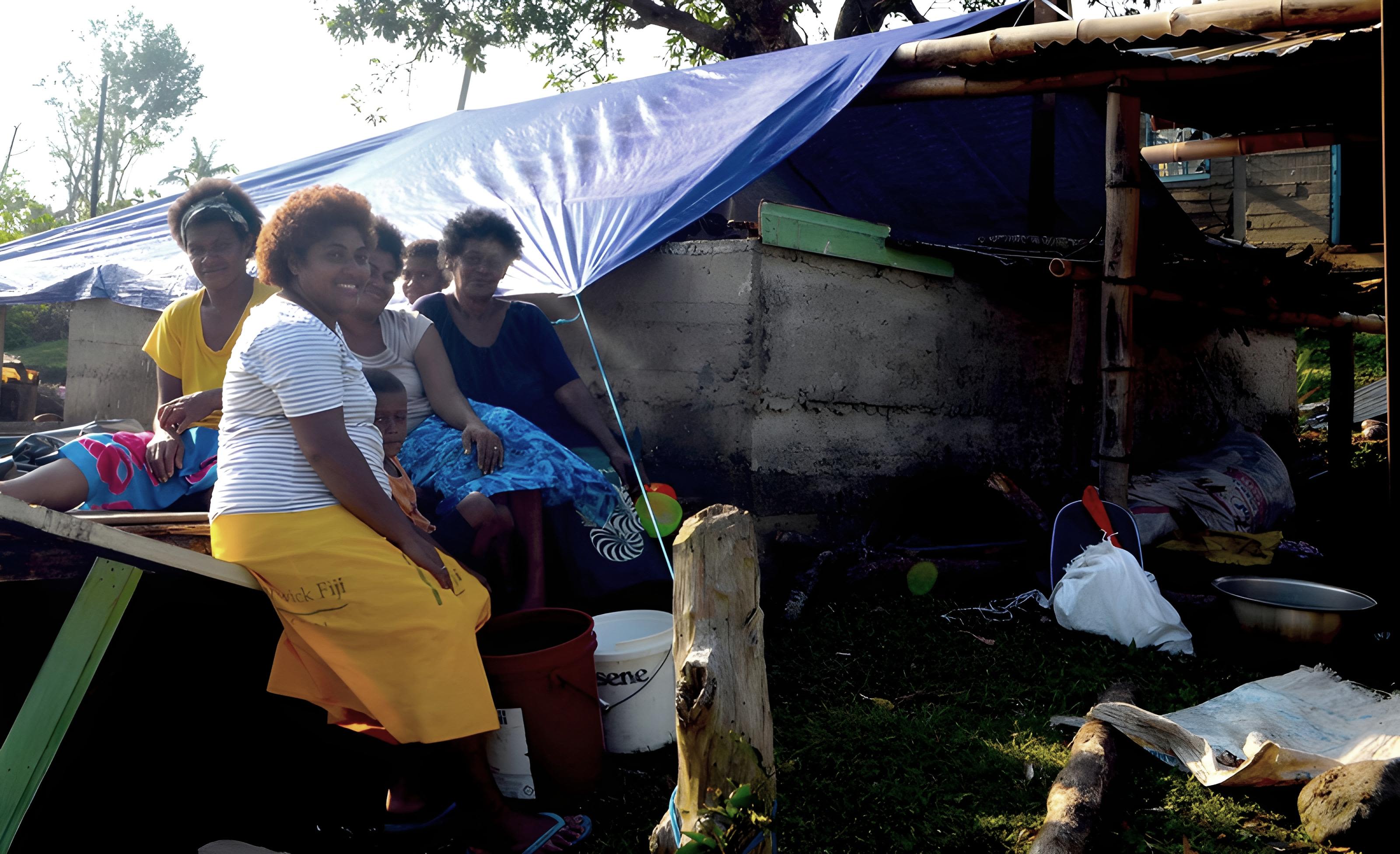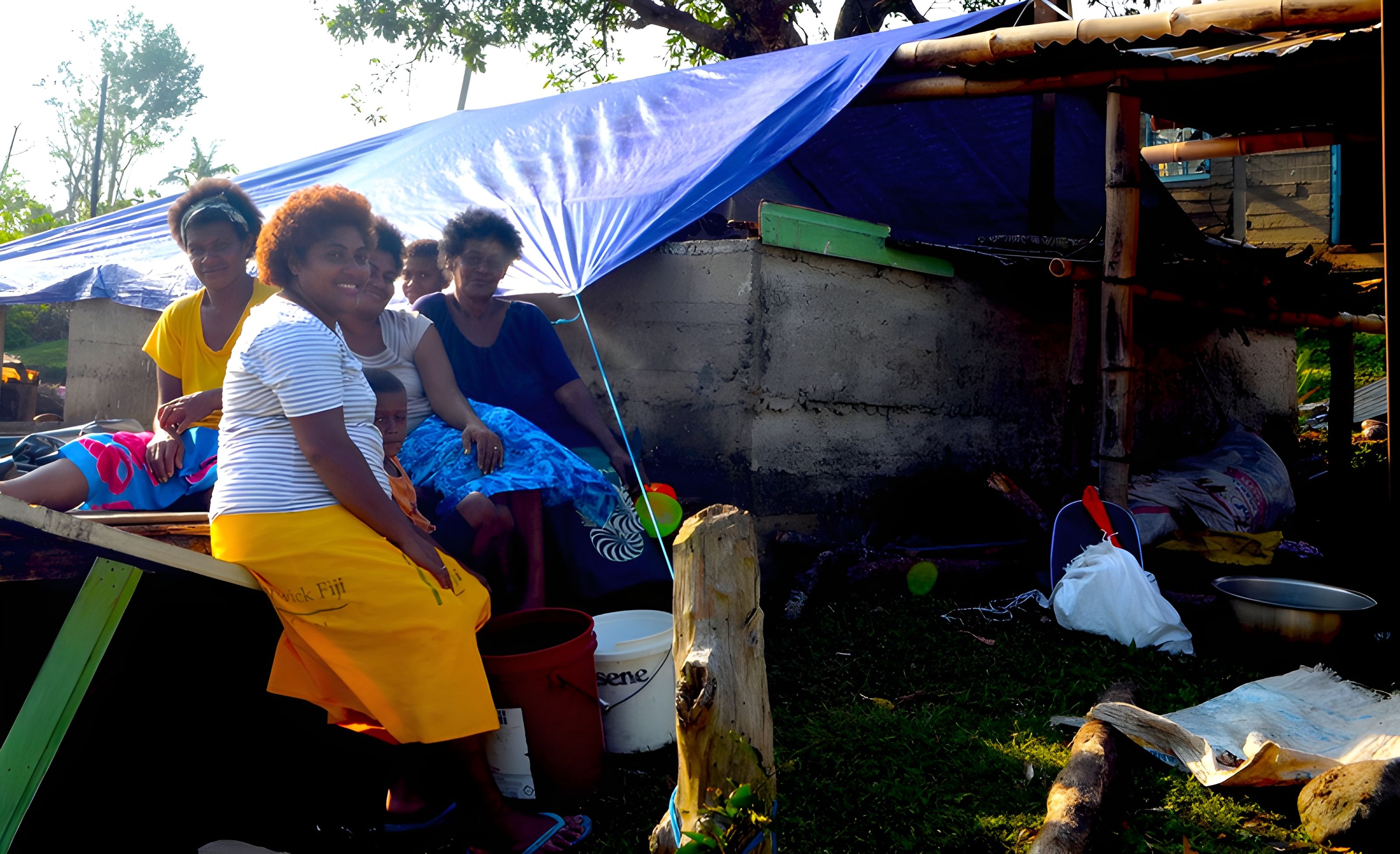Rising to the Challenge of Affordable, Climate-Resilient Housing in Asia-Pacific
by Jackie Range and Elenoa Baselala
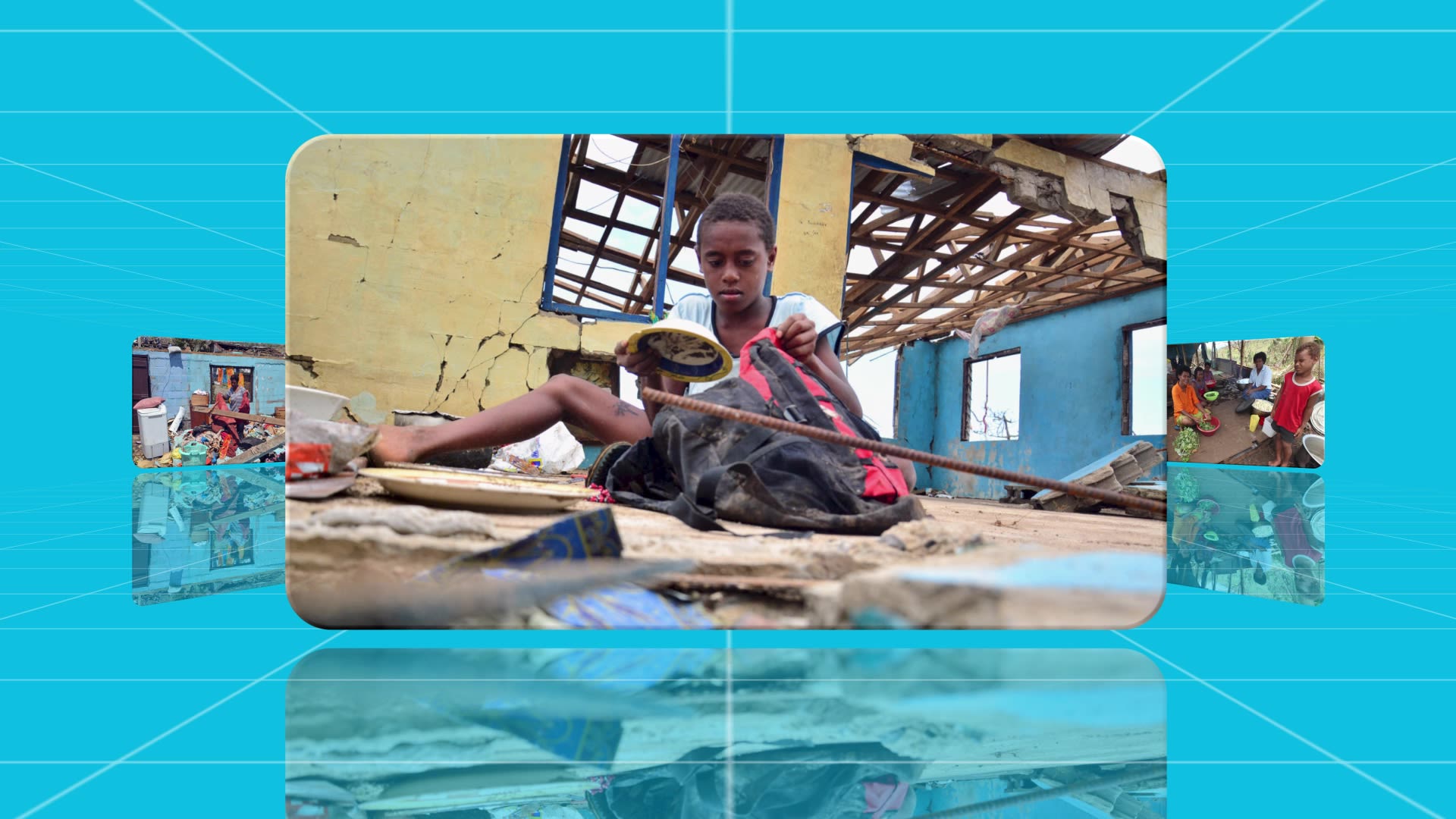
Lack of affordable housing in Pacific Island countries is emblematic of a global crisis.
Climate change is intensifying the need for homes to withstand severe weather and other impacts.
Addressing these complex development challenges creates an opportunity for the private sector.
For Pamela Alamu, the climate crisis is not part of some dystopian future. It’s already here, with rising sea levels having wreaked a havoc that has seen much of Ta’arutona Island disappear.
The once-idyllic island off the west coast of Pacific nation Solomon Islands’ Malaita Province – where Alamu spent a lot of her childhood – is now a paradise lost. “I was quite shocked to see the difference,” she said, recounting a recent trip after not visiting for some 20 years. “There’s still a few houses left but compared to the last memory I had of that island, I think more than half of it is now under the sea,” Alamu said.
“There’s still a few houses left but compared to the last memory I had of that island, I think more than half of it is now under the sea”
Many of the villagers are gone too, like so many people in Solomon Islands who have been forced to head to the mainland or the capital Honiara for a fresh start, and security. Their tale could be told by many more people across the Pacific who, despite being among the world’s lowest emitters of greenhouse gases, are bearing the brunt of climate change. It underscores the urgent need for affordable, climate-resilient housing that will only become more pressing.
Housing challenges faced by people in the small, fragile nations scattered across the Pacific can be seen as a microcosm of a global crisis. The United Nations estimates that the world’s population will reach 8.5 billion by 2030, with 60 percent of the population living in urban centers. According to UN-Habitat, an estimated three billion people will need access to adequate housing by 2030.
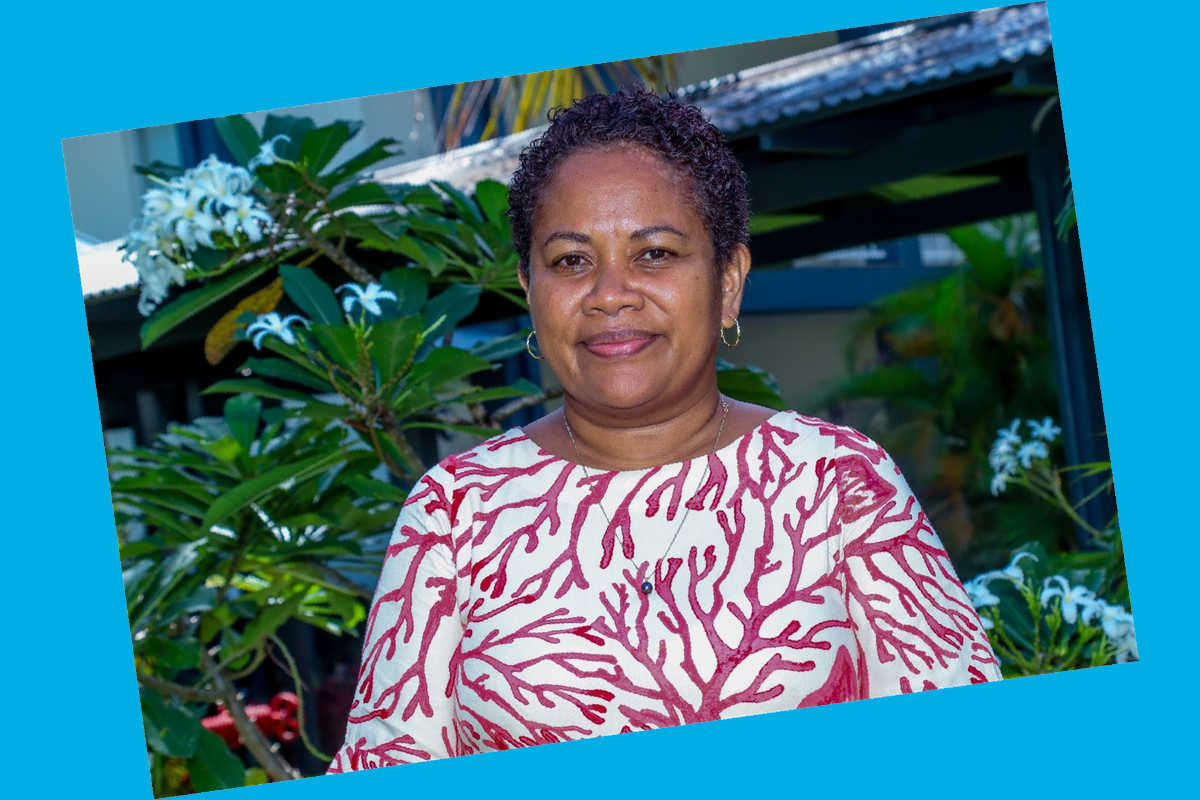
Rising sea levels have devastated Ta’arutona Island, Pamela Alamu's childhood paradise off the Solomon Islands. Photo: Pamela Alamu
Rising sea levels have devastated Ta’arutona Island, Pamela Alamu's childhood paradise off the Solomon Islands. Photo: Pamela Alamu

Rising sea levels have devastated Ta’arutona Island, Pamela Alamu's childhood paradise off the Solomon Islands. Photo: Pamela Alamu
Rising sea levels have devastated Ta’arutona Island, Pamela Alamu's childhood paradise off the Solomon Islands. Photo: Pamela Alamu
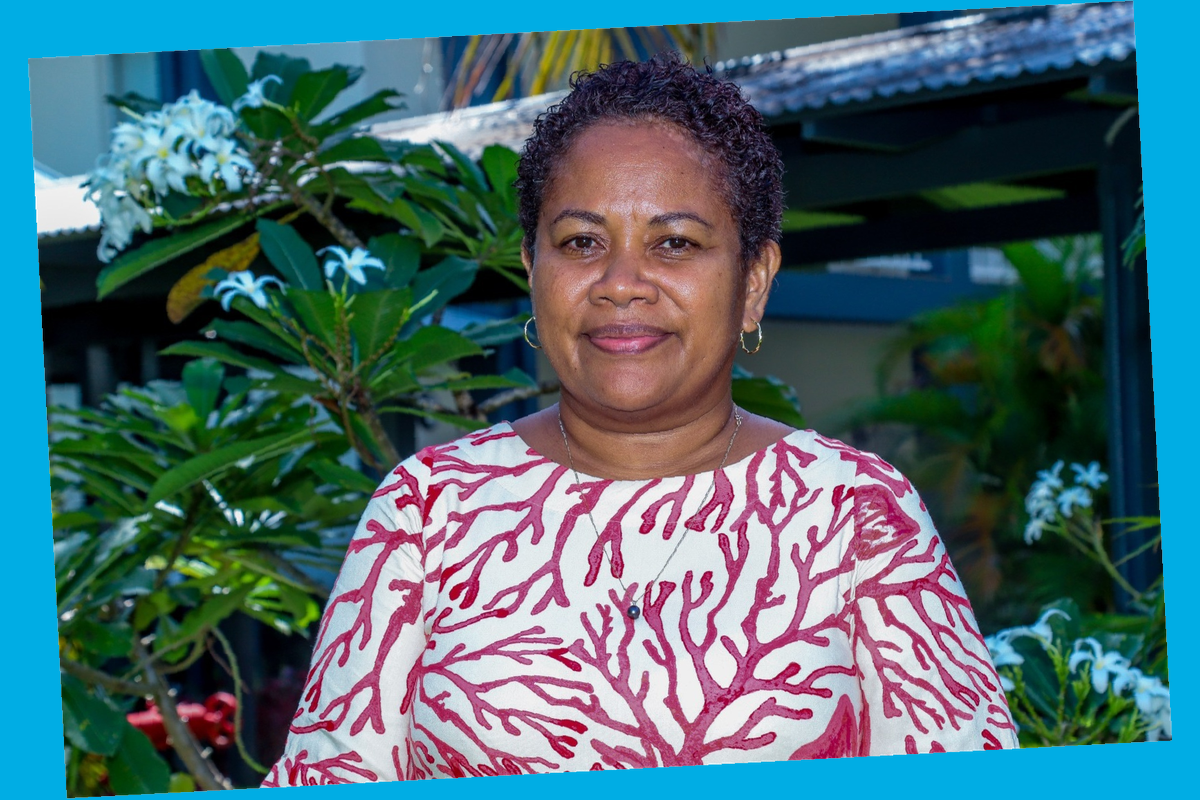
Rising sea levels have devastated Ta’arutona Island, Pamela Alamu's childhood paradise off the Solomon Islands. Photo: Pamela Alamu
Rising sea levels have devastated Ta’arutona Island, Pamela Alamu's childhood paradise off the Solomon Islands. Photo: Pamela Alamu
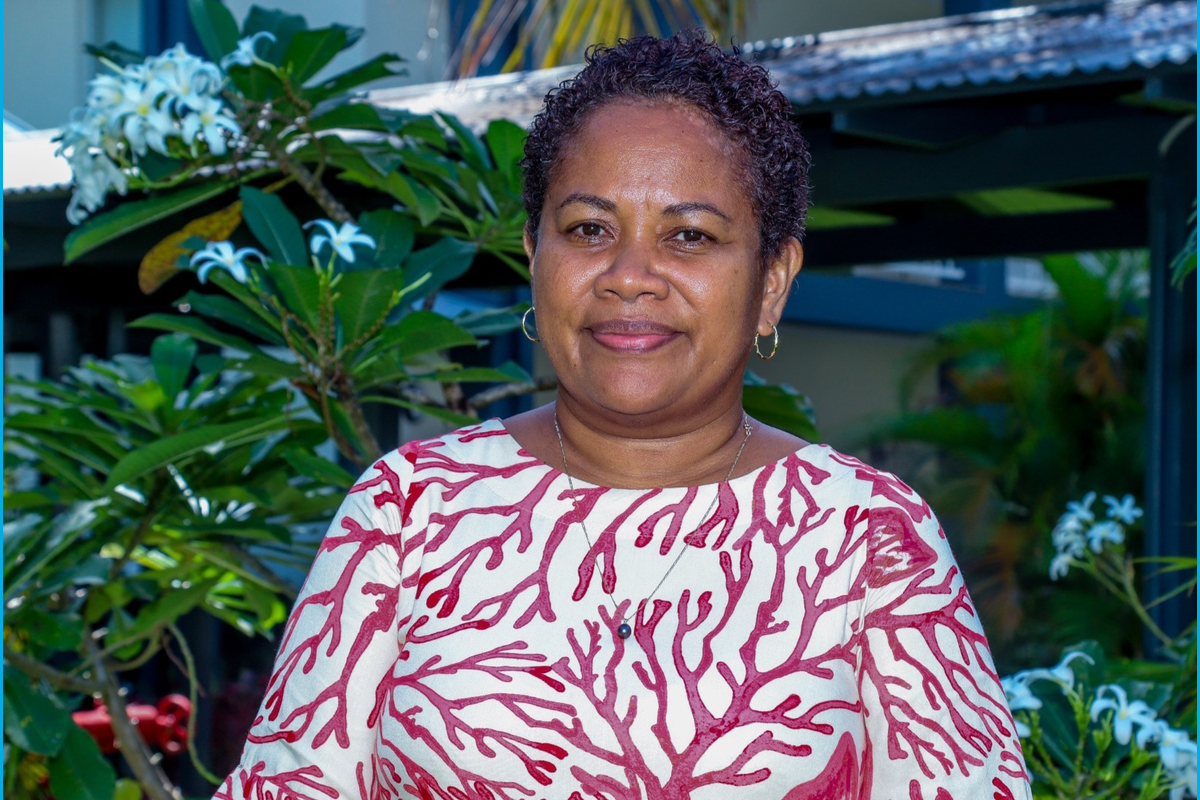
Rising sea levels have devastated Ta’arutona Island, Pamela Alamu's childhood paradise off the Solomon Islands. Photo: Pamela Alamu
Rising sea levels have devastated Ta’arutona Island, Pamela Alamu's childhood paradise off the Solomon Islands. Photo: Pamela Alamu

In Port Moresby, Prisca Maniwavie faces overcrowded housing and seeks inadequate shelter under her house during storms. Photo: Prisca Maniwavie
In Port Moresby, Prisca Maniwavie faces overcrowded housing and seeks inadequate shelter under her house during storms. Photo: Prisca Maniwavie

In Port Moresby, Prisca Maniwavie faces overcrowded housing and seeks inadequate shelter under her house during storms. Photo: Prisca Maniwavie
In Port Moresby, Prisca Maniwavie faces overcrowded housing and seeks inadequate shelter under her house during storms. Photo: Prisca Maniwavie

In Port Moresby, Prisca Maniwavie faces overcrowded housing and seeks inadequate shelter under her house during storms. Photo: Prisca Maniwavie
In Port Moresby, Prisca Maniwavie faces overcrowded housing and seeks inadequate shelter under her house during storms. Photo: Prisca Maniwavie

In Port Moresby, Prisca Maniwavie faces overcrowded housing and seeks inadequate shelter under her house during storms. Photo: Prisca Maniwavie
In Port Moresby, Prisca Maniwavie faces overcrowded housing and seeks inadequate shelter under her house during storms. Photo: Prisca Maniwavie
In Papua New Guinea’s capital Port Moresby, almost 900 miles away from Honiara, it’s a similar story. Prisca Maniwavie understands the struggle. Maniwavie, a sales worker, lives with more than 10 family members in inadequate informal housing.
“Housing is a big problem for me,” she said. “The house that we are living in is not enough and we are just overcrowded, and my children don’t have a good space to do their studies.”
When huge storms happen, as they do more frequently in the Pacific due to climate change, many people’s homes offer scant protection, leaving them vulnerable and afraid. Maniwavie and her family shelter under their house during storms. They don’t feel safe inside.
Most cities in lower and middle-income countries in Asia and the Pacific face severe housing challenges, according to the Asian Development Bank, with population growth and urbanization compounding the pressure on a scarce supply.
In Pacific nations, urbanization is outpacing the supply of housing and informal squatter settlements are growing rapidly. In Port Moresby, demand for safe, quality housing is surging amid rapid rural-to-urban migration and population growth. By 2030, it’s estimated that 56 percent of the city’s residents could live in informal settlements unless the issue is addressed.
In Fiji and Timor-Leste, rapid urbanization is also driving a severe shortage of affordable housing. In Timor-Leste’s capital Dili, there has been a sharp rise in unregulated housing construction creating informal settlements, many of which have limited access to basic services such as power, water, and sanitation.
Pacific Island countries confront many of the worst impacts of climate change, such as cyclones, flash floods, and droughts. It’s estimated that half the Pacific’s population lives within 10 km of the coast, where rising sea levels, coastal erosion, and saline intrusion make the risk of displacement, loss of homes, and loss of traditional lands more stark. Rising sea levels, of up to four times greater than the global average, pose an existential threat for some nations.
Across the Pacific, extreme weather events are becoming more frequent and more severe, often forcing communities to rebuild or repair homes at great expense. Economic modelling suggests Pacific nation Vanuatu, which sits on a very active tectonic plate boundary and has 16 volcanoes across its archipelago, faces an average of US$48 million per year in risk to assets from earthquakes and cyclones alone, according to the World Bank. In 2020, Cyclone Harold caused US$617 million, or 61% of GDP, in economic impacts.
In March of 2023, Vanuatu experienced an unprecedented series of humanitarian crises when twin Tropical Cyclones Judy and Kevin, and a 6.5 magnitude earthquake, all struck within several days. It is estimated more than 250,000 people – approximately 80 per cent of the population – were affected. Devastating impacts like these are leading to urgent calls for climate-resilient housing.
“I think the need for resilient housing is critical… there’s really a need to take into consideration the impact of climate change on the types of houses that we build here,” said Alamu. If affordable climate-resilient housing was available, “it would really make a difference to peoples’ lives, for me personally, it would really make a big difference.”
Building affordable, climate-resilient housing throughout the Pacific poses a huge development challenge. To get a set of keys into a homeowner’s hand requires many competing elements to come together, with conditions and requirements spanning diverse countries and communities: access to land, local regulations, provision of infrastructure and services, development and building materials, policy incentives, and finance for both developers and end users.
These factors and the nature of interlocking problems that must be addressed create an enormous opportunity for those able to offer solutions. For the private sector, this means both addressing market failures and identifying opportunities for all stakeholders to flourish.
The impacts can be powerful. Health and education, both key to development, are also closely linked to housing conditions. Increasing the availability of affordable housing directly improves living conditions and quality of life for families, especially women and children.
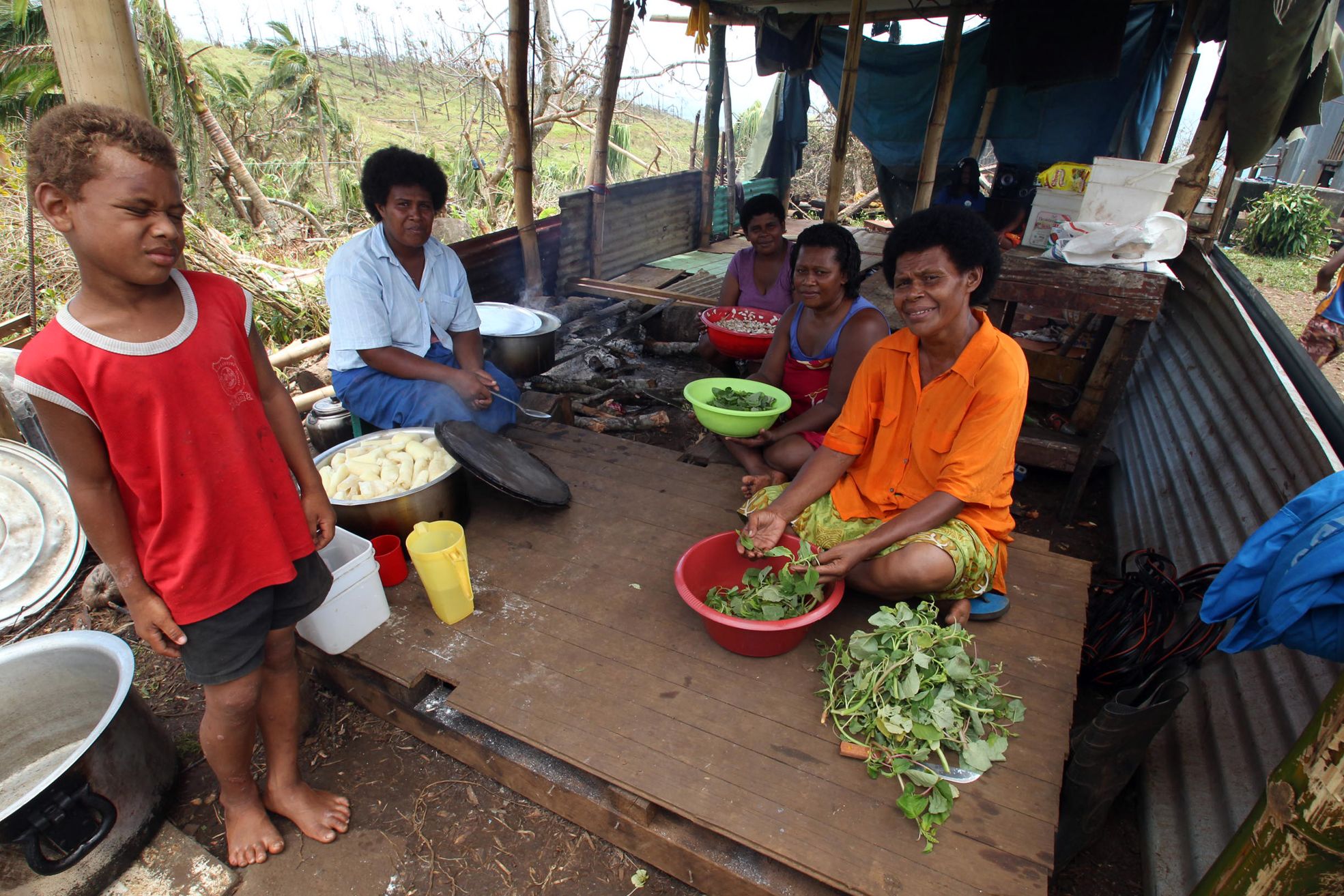
Women prepare lunch while a child waits at Delaikuku village in the aftermath of TC Winston in Fiji in 2016. Photo: The Fiji Times.
Women prepare lunch while a child waits at Delaikuku village in the aftermath of TC Winston in Fiji in 2016. Photo: The Fiji Times.

A series of humanitarian crises affected more than 250,000 people – approximately 80 percent of the population of Vanuatu in March 2023.
For individuals like Maniwavie in Papua New Guinea, a home can be both shelter and a real asset, often the biggest investment a family makes in a lifetime. It can be a powerful vehicle for savings and wealth accumulation, potentially lasting across generations.
For more than 30 years, IFC, a member of the World Bank Group, has supported innovative solutions to spur development of more affordable housing around the world and expand access to mortgages and housing finance for low-income and underserved populations.
Housing finance generates economic growth via job creation, entrepreneurship, and economic linkages. In the short term, building affordable housing stimulates jobs in construction, benefitting skilled and unskilled labor. Introducing affordable housing supply also creates markets for financial institutions offering mortgages and other financing, which in turn spurs expansion in financial and capital markets.
“People across the Pacific have an urgent need for more and better housing. We are working to help them by creating a supply of climate-resilient, affordable properties, and we are looking to do more of this high impact work,” said Judith Green, IFC Country Manager for Australia, New Zealand, Papua New Guinea and the Pacific Islands. “As well as providing much needed homes, bringing this housing to market can contribute to developing a strong and engaged private sector, which can be a chief incubator of jobs and create opportunities for people.”
In the Pacific, IFC’s crucial work to help develop affordable, climate-resilient housing has been supported by the governments of Australia and New Zealand.
These projects tap many areas of expertise from the World Bank Group, including housing, public-private partnerships (PPPs), climate resilience, gender, the green building certification system EDGE (Excellence in Design for Greater Efficiencies) and the Building Resilience Index, which helps the building sector map hazards such as cyclones or flooding and assess the resilience of the local built environment.
IFC brings long-term, global experience to addressing housing affordability issues. IFC was the key advisor to India’s first affordable housing PPP, implemented in eastern city Bhubaneswar, where 2,600 housing units are being constructed for low-income families. IFC also recently signed an agreement with the government of Papua New Guinea to build up to 2,000 affordable, climate-resilient green homes in Port Moresby. In Fiji, with IFC’s support, the government recently launched a PPP tender that will deliver 3,000 climate-resilient affordable homes. Similar projects are underway in Vanuatu, Timor-Leste, and elsewhere.
“PPPs can be a great way for governments to increase the supply of affordable housing. The private sector is very good at delivering construction projects on time and within budget. With the right incentives in place with a PPP structure, long term quality and climate resilience can also be improved. We are seeing increasing interest in this approach across both smaller and larger economies,” said Thomas Lubeck, IFC Regional Manager for PPP Transaction Advisory Services in South and East Asia Pacific.
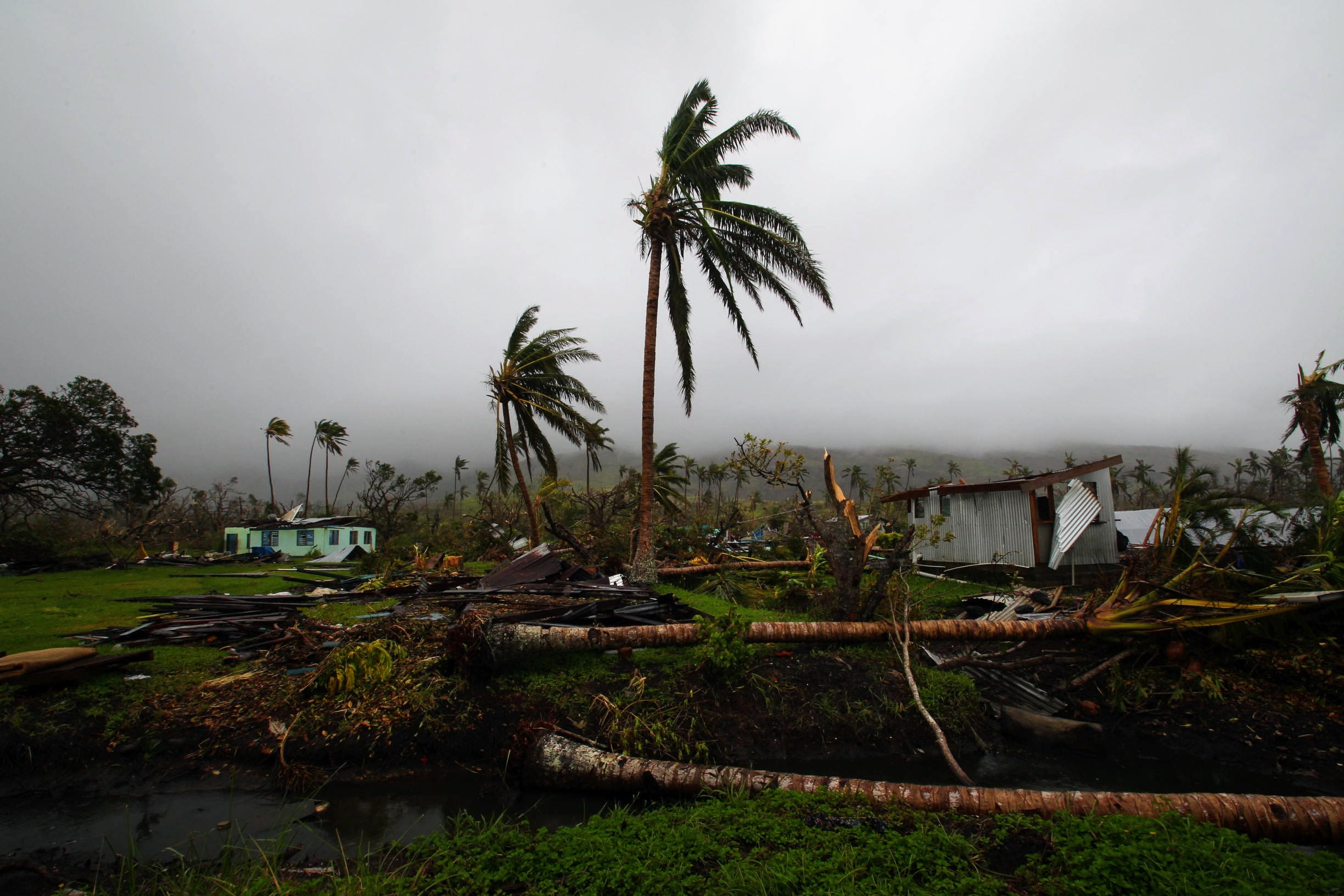
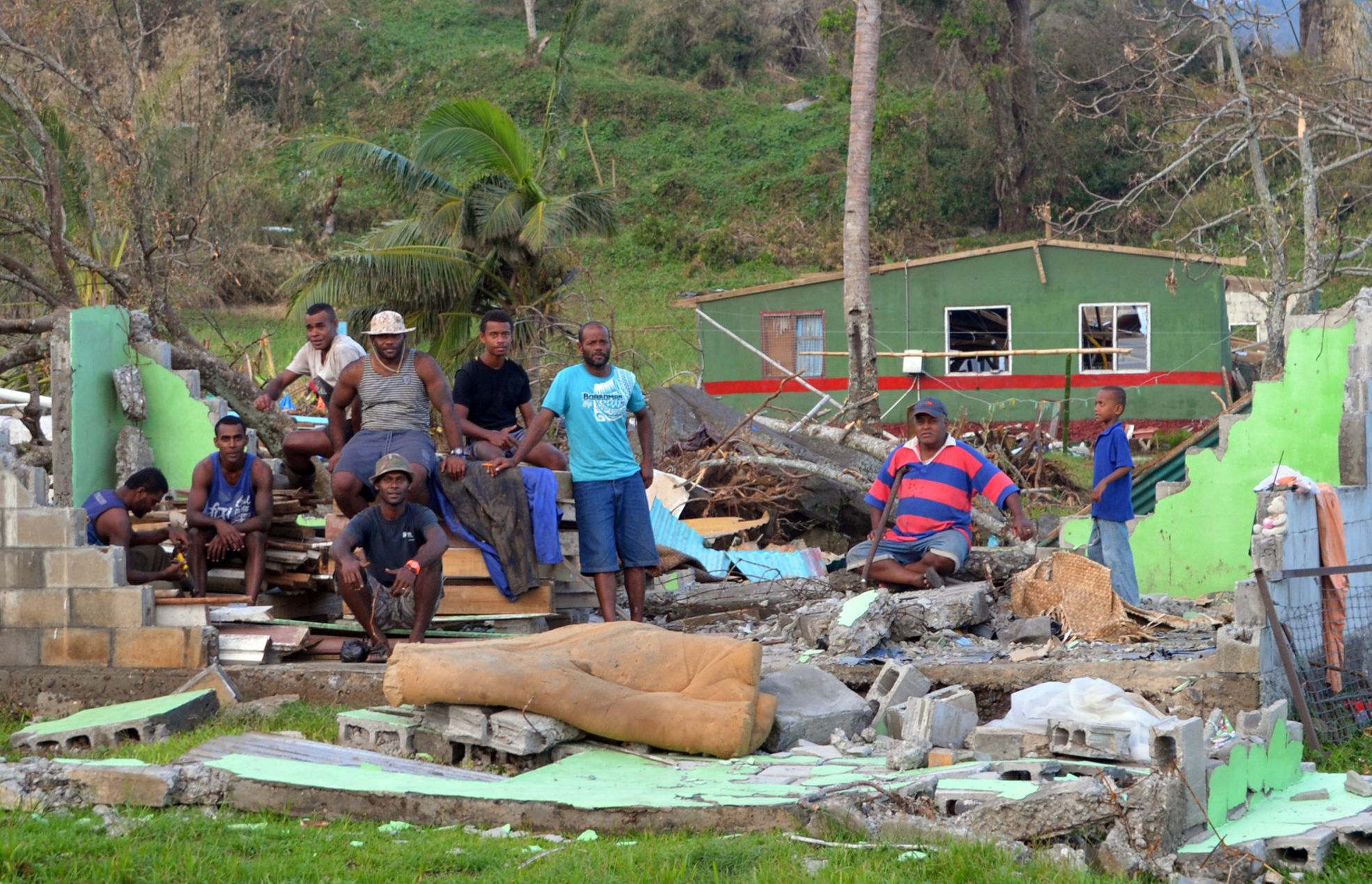
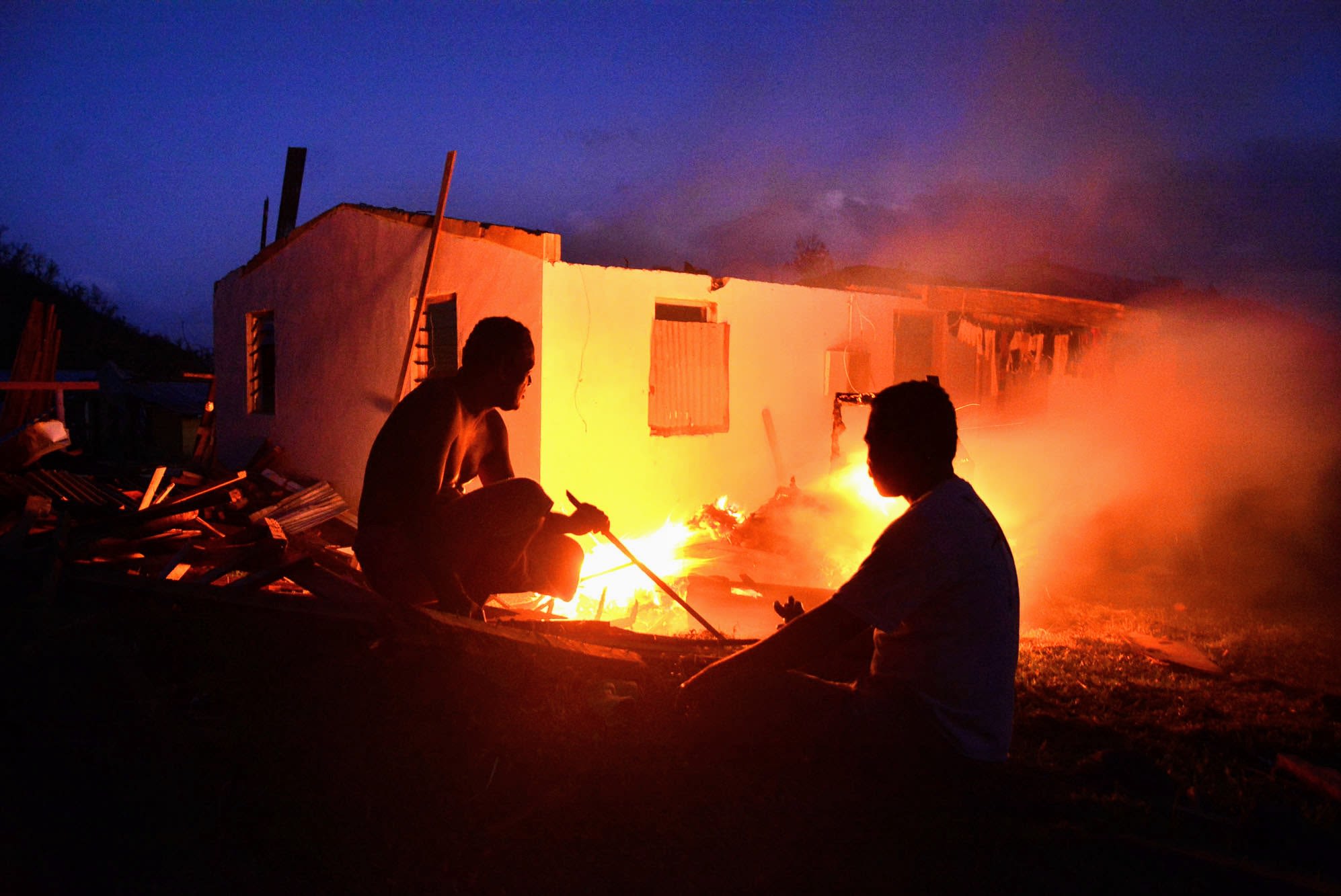
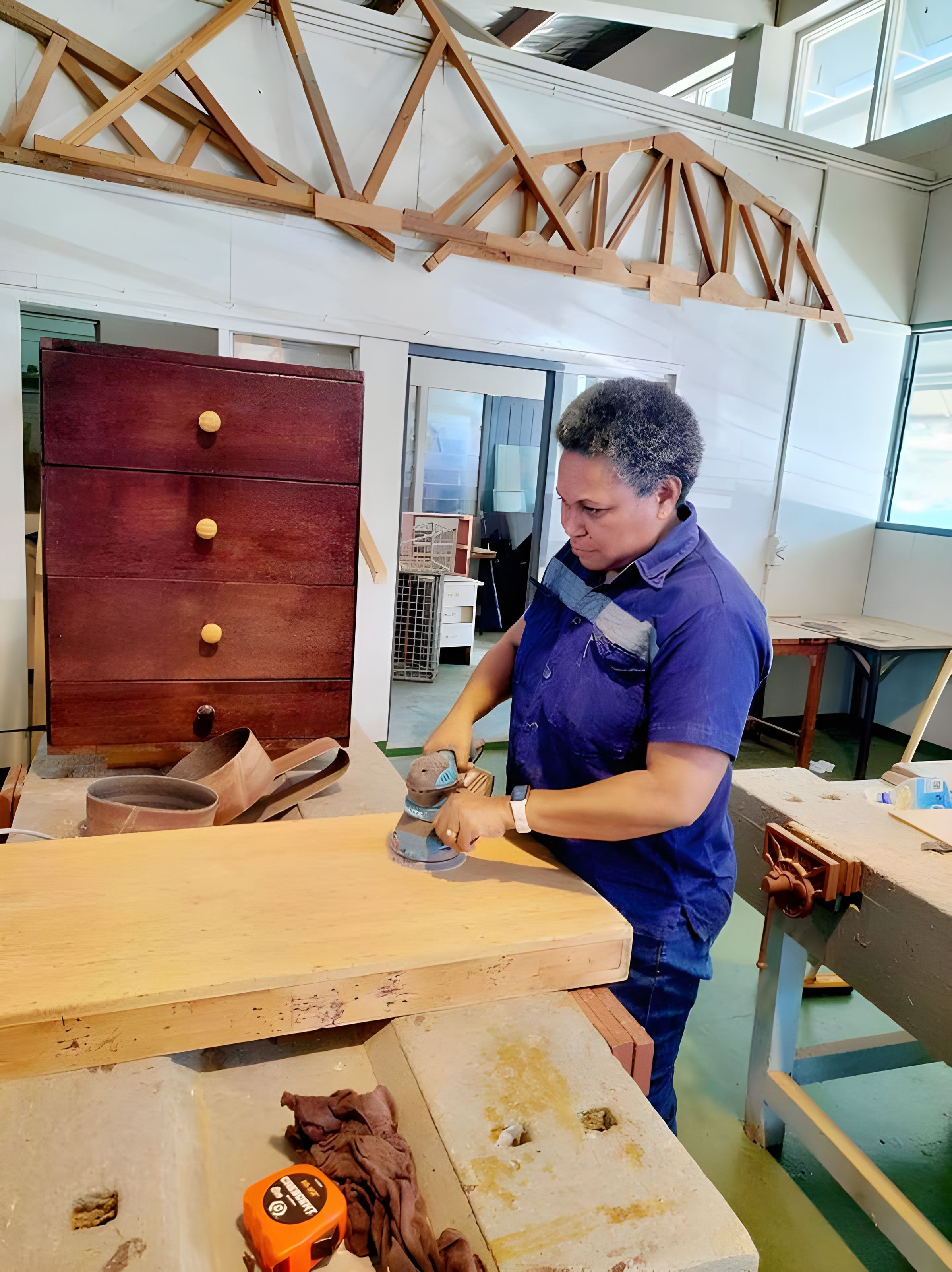
Rusila Dicaginiveisaqa faces housing challenges due to high prices, highlighting the crucial need for affordable, climate-resilient options for her and her children. Photo: Rusila Dicaginiveisaqa.
Rusila Dicaginiveisaqa faces housing challenges due to high prices, highlighting the crucial need for affordable, climate-resilient options for her and her children. Photo: Rusila Dicaginiveisaqa.
“The biggest challenge is buying a house we could afford. There is a great need for affordable housing in Fiji. We live with extended family members because of this.”
Projects like these offer the prospect of a better future for housing. Many people in the Pacific would jump at the opportunity to access an affordable, climate-resilient home. Like Rusila Dicaginiveisaqa in Fiji, who lives with her five children, her father-in-law, her husband’s brother and his four children, and more family members in a six-bedroom concrete house. Property prices there are high and it’s hard to get a loan or government assistance.
“The biggest challenge is buying a house we could afford,” she said. “There is a great need for affordable housing in Fiji. We live with extended family members because of this.”
Dicaginiveisaqa said to be able to live in climate-resilient affordable housing would make a “major difference” to her life. “I could finally have a home for me and my kids,” she said.
Published November 2023
